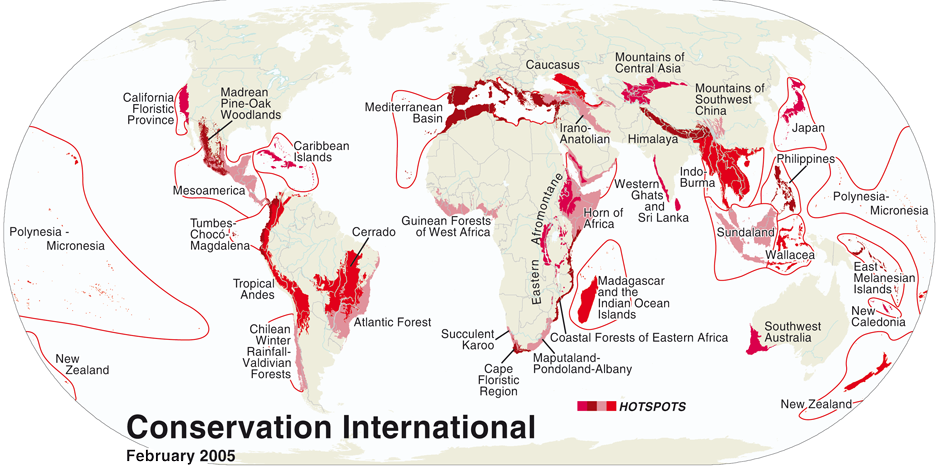- a difficult access
- very limited scientific information available, or none at all
- an outstanding potential for new discoveries in the fields of biodiversity and archaeology
Our next targets will be revealed as the project moves forward.

While not displaying such a diversity of species, deserts and polar regions are yet home to an equally unique flora and wildlife, and their study is necessary to understand the functioning of the global ecosystem. Furthermore, if the threats they face are less visible than deforestation, extension of palm oil plantations and other monocultures, and endangered species trade, now classical issues in tropical areas, desert and polar regions face other threats such as hunting and poaching, exploitation of remote minerals and fossil fuels (especially the non-conventional types), the opening of new trade routes, and the impacts of climate change. That many reasons to act for their protection.








